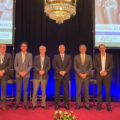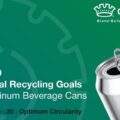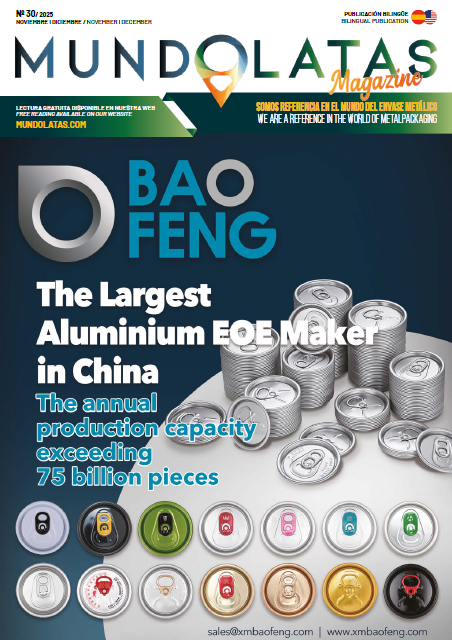Ardagh and Crown have funded the installation of equipment for aluminum beverage can recycling. This initiative is an extension of its support for similar activities that emerged in early 2021 and may be used in facilities focused on sorting recyclable materials. This initiative is part of its ongoing support of activities to stimulate the installation of additional aluminum can capture equipment at material recovery facilities (MRFs), which sort single-stream recyclables.
The CMI (Can Manufacturers Institute) awarded five grants to MRF, but the results achieved have far exceeded expectations. It was estimated that this funding would help capture 71 million aluminum beverage cans per year and generate revenues amounting to $1 million. This figure, when finalizing the data collected by four of the five beneficiaries, has been underestimated as there are records of up to 140 million cans per year.
“Ardagh and Crown are generously funding improvements to the recycling system with significant environmental and economic impacts,”
reported Scott Breen, CMI’s vice president of sustainability. “CMI’s can recycling impact calculator shows that when the nearly 140 million aluminum beverage cans are captured and recycled each year due to these grant enhancements, the annual impacts are more than $2 million generated for the recycling system and realized carbon savings equivalent to driving just over 34 million miles, or nearly 1,400 times around the Earth,” added the vice president.
In addition, the Recycling Partnership, a national entity intended to promote recycling, will award new and ongoing grants to several MRFs. These grants will be earmarked for the collection of aluminum cans and details of this financial support can be found on their website.
The collection of aluminum bottles and cans is considered an essential process in mechanical recycling centers (MRF). Crown’s John Rost clarified that without the revenue from the final delivery of UBCs (used bottles/cans), the MRF facility would not be able to operate. He also explained that up to 25% of these containers are misclassified for various reasons; including those cans flattened horizontally to be identified as paper.
During 2022, the Ardagh and Crown companies sought the assistance of Resource Recycling Systems (RRS) to find out how many beverage bottles made of aluminum were being incorrectly sorted into different MRFs. This research revealed that between seven to 36 aluminum beverage jams are misclassified every minute, resulting in an average annual revenue loss of $71,900 per loss point. With the relatively high economic value of UBCs, the capture equipment at these loss points had an average payback of three years.
Both Ardagh and Crown not only funded the trials, but also took care to develop tools to encourage the installation of can capture equipment. In 2022, CMI made available a free calculator called “Return on Investment” designed by RRS for any recycling center to see how much they could save by incorporating more of this type of equipment.
“
Ardagh is proud to join Crown and continue to invest in can sorting efficiencies at MRF to strengthen aluminum beverage can recycling”
said Jennifer Cumbee, Ardagh’s sustainability director, global metal. “These investments reflect our industry commitment to increase beverage can recycling rates as CMI details in our Aluminum Beverage Can Recycling Primer and Roadmap. The goals and tactics are clear, as CMI’s aluminum beverage can sector members are aligned to improve from a 45 percent aluminum beverage can recycling rate in 2020, making it the most recycled beverage packaging in the United States, to new heights of 70 percent by 2030, 80 percent by 2040 and 90 percent by 2050.”added the directive.
Promoting the recycling of aluminum cans is an excellent idea. This will allow U.S. residents to have access to beverage containers made with 73 percent recycled content, the highest amount available among beverage containers. This will also reduce the environmental and economic impact and the new cans would be ready in as little as 60 days.
The Can Manufacturers Institute, a U.S.-based national leader in metal can manufacturing, is responsible for producing approximately 130.7 billion cans per year; generating $15.7 billion in direct economic activity. Members of this institute use safe raw materials to ensure nutritious and refreshing food for consumers in their most sustainable packaging. In addition, they employ more than 28,000 people distributed among 33 major states, Puerto Rico and American Samoa.












